
Lugares relacionados
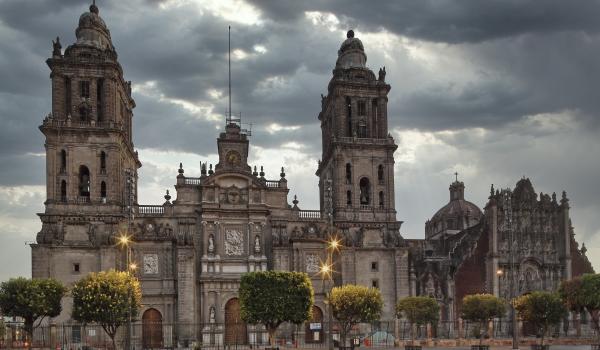
Tipo de contenido: Lugar
After the defeat of the Mexica empire, the city of Mexico Tenochtitlan was reconfigured in the Spanish style. The new urban layout would transform Mexico City into a point of significant political, religious, economic, and cultural importance.
Tipo de contenido: Lugar
The town of Durango was founded on July 8, 1563, by the Basque captain Francisco de Ibarra. It became an important administrative center and the seat of government for the Kingdom of Nueva Vizcaya and the bishopric during the colonial period.
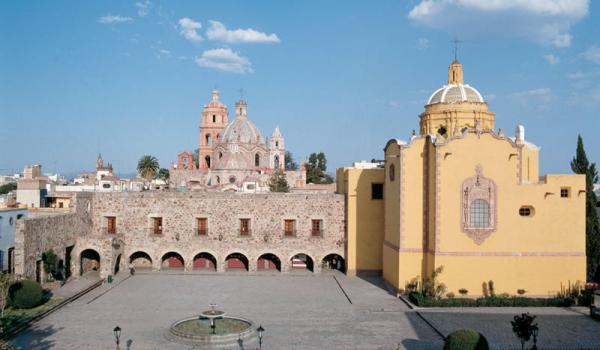
Tipo de contenido: Lugar
n the second half of the 16th century, the territory that currently comprises the state of San Luis Potosí was known as the "Gran Tunal," an extensive uninhabited area located between the present-day states of Querétaro, Saltillo, and Zacatecas.
Tipo de contenido: Lugar
After the initial explorations, the Spaniards found in the territory of present-day Zacatecas large expanses of open grasslands with high forage value, crucial for maintaining livestock herds.
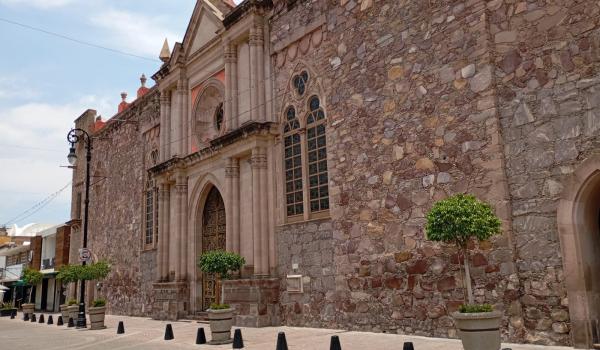
Tipo de contenido: Lugar
On October 22, 1575, the town of Villa de Nuestra Señora de la Asunción de las Aguas Calientes was officially founded as a presidio, now known as Aguascalientes, the capital of the state of the same name. Its name derived from the abundant thermal springs in the surrounding area.
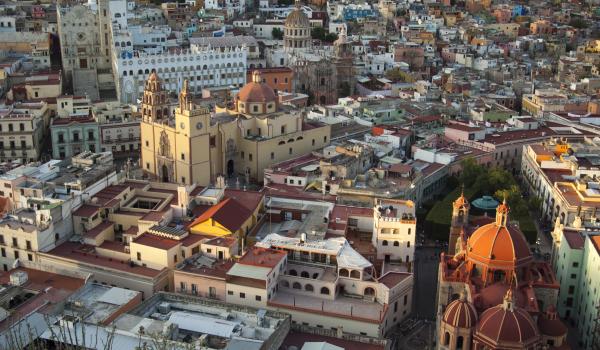
Tipo de contenido: Lugar
The city of Guanajuato, whose name derives from the Purépecha expression kuanasïuatu: “hill or mountainous place of frogs,” is located in a canyon surrounded by hills. Although this region was inhabited for many centuries by Chichimeca groups, with the arrival of the Spanish and the discovery of various mines, Guanajuato would become one of the richest cities in New Spain during the 17th and 18th centuries.
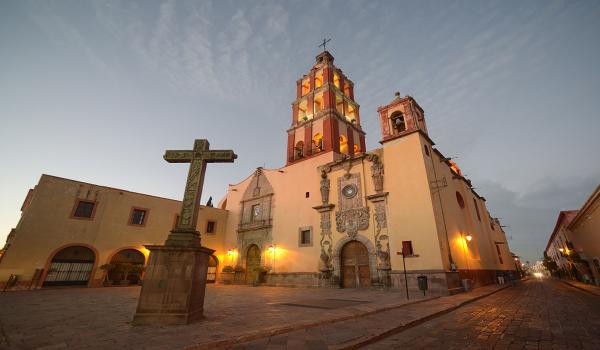
Tipo de contenido: Lugar
In 1529, a group of families belonging to an Otomi population called Nopala, who lived in the province of Jilotepec, set out for the area of La Cañada, in what is now the state of Querétaro. This area was inhabited by Chichimeca groups with whom the native leader of the group, named Conín, maintained a friendship and exchanged animal skins that the locals traded for salt and grains.
